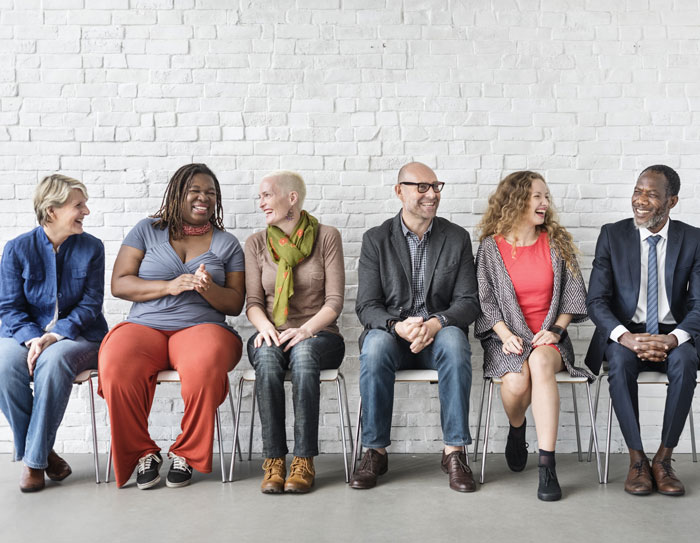WHAT IS LIFE REENTRY?
The Life Reentry Model seeks to provide this social structure while guiding the process of shifting from a waiting room mindset to that of re-entry; supporting individuals through understanding while leading them out of the misconception of indefinite mourning.
A significant attempt to define the grieving process was made by Swiss psychiatrist Elisabeth Kübler-Ross in On Death and Dying (1969).
The Life Reentry Model does not replace old models of grief instead it is the next step that has been missing.

WHAT IS THE WAITING ROOM?
The Waiting Room is the survival space inhabited after loss. It is a gap between lives: the life that has been forced into the past, and the new life that has yet to begin.

KNOW THE 10 SIGNS OF THE WAITING ROOM
1. Reluctance to try new things
2. Withdrawal from social interactions
3. Inability to feel joy and have fun in social situations
4. Relentless worry over the smallest things
5. Rarely sharing feelings of sadness to others
6. Loss of friendships, relationships.
7. A constant feeling of not doing enough
8. Loss of passion or making new dreams
9. Feeling the need to stay in bed during the day
10. Lack of self care habits. Grooming and appearance are no longer a priority.
Sign up to get Inspiring Life Stories in your inbox
WHAT IS INVISIBLE LOSS?
It is an emotionally difficult event that is traditionally seen as psychologically and mentally insignificant. Therefore it has no allotted language or opportunity to express it. It is given no validation for its authenticity. It is often misunderstood and referred to as a secondary type of loss or ambiguous. The ambiguity stems from the lack of a new grief concept that belongs to the human suffering spectrum with a clear definition. LRF is here to define the invisible and provide structure for Life Reentry.

